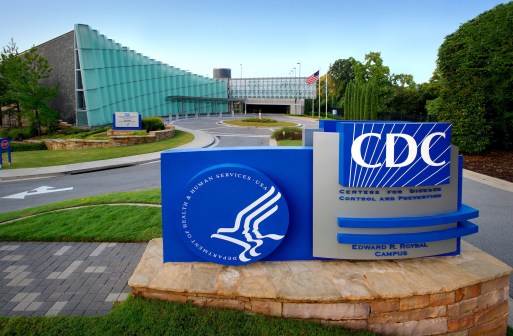Biden’s COVID-19 strategy promises data-driven response, improved IT interoperability

President Biden promised data personnel, technology and other resources will be devoted to making IT systems for tracking COVID-19 and future outbreaks interoperable at all levels of government as part of his national response strategy released Thursday.
The word data appears 172 times in the 198-page document, and the strategy’s third goal of seven explicitly calls for mitigating the spread of the coronavirus by expanding data, among other things.
Biden‘s data-driven response plan contrasts starkly with former President Trump‘s lack of one, the latter eschewing a centralized, science-based, equitable approach to combating the pandemic.
“The honest truth is we are still in a dark winter of this pandemic. It will get worse before it gets better,” Biden writes in a letter introducing the strategy. “Progress will take time to measure as people getting infected today don’t show up in case counts for weeks, and those who perish from the disease die weeks after exposure.”
To better evaluate progress, the strategy proposes establishing the White House COVID-19 Response Office to coordinate federal agencies, as well as the creation of publicly accessible performance dashboards for tracking metrics like cases, testing, vaccinations and hospital admissions.
Biden already issued an executive order to enhance agencies’ collection, production, sharing and analysis of data. And the Centers for Disease Control and Prevention will maintain a public dashboard of county-level cases, according to the strategy.
In addition to providing state, local, tribal and territorial governments with resources for developing more transparent, interoperable IT systems, the Biden administration is promising to send data support teams to agencies that need extra help providing timely, reliable data.
“The scale of the COVID-19 pandemic in the United States requires improved data systems that can manage large volumes of data, and connect with legacy and new data systems created in response to the current crisis,” reads the strategy.
States and localities still struggling with antiquated systems will be the focus, particularly those with problems connecting to testing laboratories and public health agencies for case investigation, contact tracing and isolating potentially exposed people. The federal government will provide surge personnel to help with manual processes in the short term and develop data technologies to automate those processes long term, according to the strategy.
A successful vaccination campaign needs better data systems as well. The CDC will track vaccine distribution working with states and localities, while the Food and Drug Administration is expected to make data on vaccine safety and efficacy public and improve its systems for real-time safety monitoring.
Vaccination progress will be measured by tracking states against their targets, assessing vaccination sites’ reach and comparing administered doses to those allocated. Among those who are vaccinated, the percentage that receive the initial dose and full regimen will be monitored, as will the timeliness of completion, reasons for dropping out of or refusing vaccinations, and issues with handling like temperature abuse and stock-outs.
Software systems critical to collecting this data will be integrated and streamlined by a cross-functional team of experts working with the Department of Health and Human Services and CDC, as well as states and localities.
Health workforce mobilization and vaccination appointment scheduling may require new technology solutions the federal government is expected to develop. And improving the resilience of pandemic-related supply chains for personal protective equipment like masks will require improved surveillance and data systems, according to the strategy.
Longer-term, the strategy proposes establishing a National Center for Epidemic Forecasting and Outbreak Analytics for modernizing data systems and establishing global early warning and trigger systems for detecting, preventing and responding to emerging biological threats. The center would develop sustainable infrastructure for data integration and IT systems at all levels of government.
Improving data quality
Not only IT systems, but the data they manage, are in need of improvement.
The CDC needs up-to-date national and state data to issue the best possible guidance on social distancing, testing, contact tracing, school and business re-openings, and masking, according to the strategy.
Agencies are expected to release non-personally identifiable data in machine-readable form, and nowhere is the gap larger than when it comes to reporting on high-risk groups.
For that reason, Biden’s executive order instructs agencies to increase data collection by race, ethnicity, geography and disability while affirming the privacy of high-risk populations. HHS will optimize data collection from public and private entities when feasible.
A COVID-19 Health Equity Task Force will make recommendations for speeding up data collection on communities of color and other high-risk groups, identifying data sources and addressing challenges like data intersectionality.
The Centers for Medicare and Medicaid Services are expected to report COVID data where they can, and HHS will work with insurers, pharmacies, labs and state immunization offices to improve access to their data on high-risk populations.
The strategy assures that data won’t be shared with federal or state law enforcement or Immigration and Customs Enforcement. Rather an executive order is expected soon ensuring the Bureau of Prisons and ICE release their data on COVID spread at their facilities.




